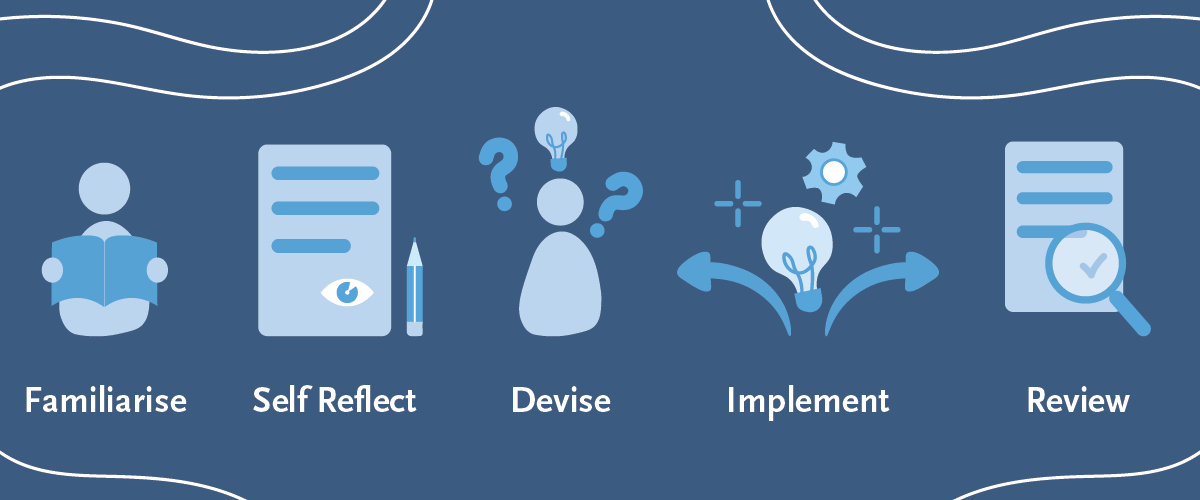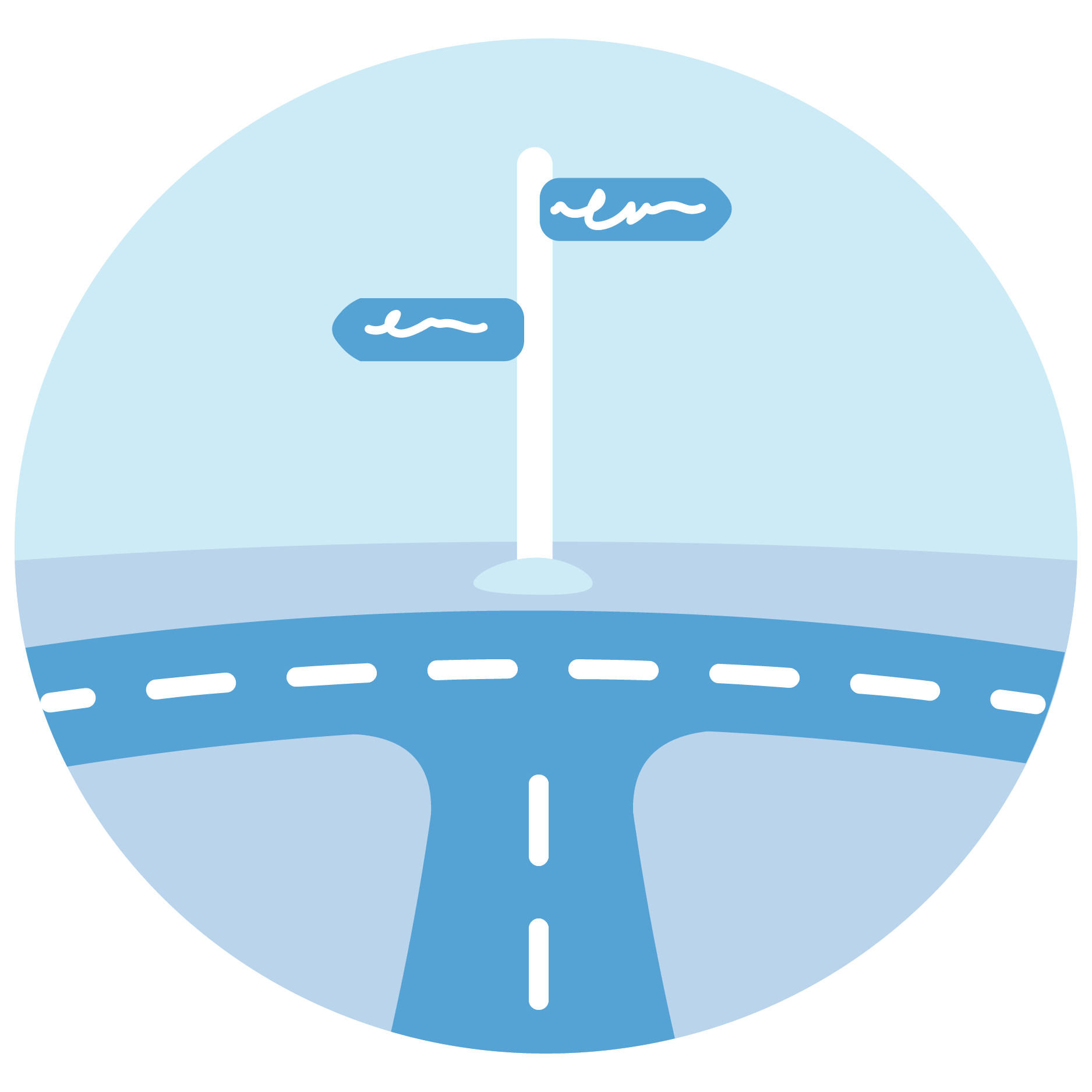Responsible Innovation
What is Responsible Innovation?
Science and technology are transformative forces. However, sometimes research and innovation can create new risks and ethical dilemmas.
Responsible Innovation (RI) seeks to surface issues related to research and innovation, and anticipate their consequences. RI also seeks to involve society in science and innovation, through early and meaningful inclusion and open processes.
Who is this for?
Anyone involved in planning and conducting research and innovation may benefit from considering RI. It may be particularly valuable for those working in more contentious areas of science, for instance developing genetic technologies.
Why Responsible Innovation?
RI in itself is not something entirely new; in fact, pockets of it already get implemented. For instance, take the dimension of Anticipation. People are already thinking about the impact their innovations may cause. However, this thinking is often mainly focused on the beneficial impacts and less so on the negative impacts.
RI is a holistic approach that can help bring together different tools and look at areas that may have been missed. It combines it into a single narrative and focuses on themes and concerns most often raised. This can make science more successful and impactful.
Responsible Innovation is made up of 6 dimensions.
While the European versions of RI typically involve four dimensions, researchers have added two more dimensions to reflect our Aotearoa-NZ context. You can find more information about the dimensions and how they can be applied in the section below.
Anticipation |
Inclusion
|
Reflexivity
|
| Thinking about desirable and undesirable futures, asking the 'what if' questions. | Incorporating diverse stakeholders and ways of thinking. This includes early and meaningful consultation. | Considering one's own assumptions, biases, and limitations going forward. |
Responsiveness
|
Openness and Transparency |
Social Justice and Equity
|
| Answering and responding to public views and concerns raised by stakeholders by adjusting the course of action. | Holding open and informed discussions and debates with stakeholders and the public, which in turn can promote good scientific practice. |
Considering ways research and innovation can address inequities and avoid negative consequences for stakeholders and their wider communities, to realise benefits beyond particular stakeholders or partners. |
Getting started with RI
How you implement RI is context specific. However, below are a couple of helpful processes to consider. These are not step by step methods by any means; however, these points may provide guidance for getting started with incorporating RI into your project.

| Familiarise | Self Reflect | Devise | Implement | Review |
|
Begin by familiarising yourself with the concept of RI. This page and the case studies linked below will act as a good starting point. As part of this, consider if RI is helping to shape your project or if your project is focused on RI. For example, is RI something you need to consider as part of your work on a technology or product, or is your research focused on deepening understanding of RI? |
Work your way through the 6 dimensions of RI sections/subpages that you can access off this homepage. They will take you through a series of questions developed from a self-reflection tool. The questions focus on how the dimension can be addressed in practice. These questions can be used to critically reflect on the goals of your research, available resources, and necessary support to practice RI. | Having worked through the self-reflection questions of each dimension, certain issues or common insights may have arisen. At this point, an action plan can be devised. This could be in the form of 2-3 RI-focused questions (see the Virtual Fencing case study for an example of this). As you identify what areas you want to address, you can then choose what tools and resources will help achieve your action plan. | Carry out your planned RI activities as part of, or alongside, your research programme. Throughout the programme, consider how the chosen tools/resources will help achieve your goals and address the issues and pressure points that arose in the self-reflection stage. | Continue to review your implementation of RI throughout the programme. Consider if anything needs to be reevaluated or if any further issues arise that need a response. |
Another process involves working through RI-related questions relevant to product, process, and purpose.
|
Product Questions |
Process Questions |
Purpose Questions |
|
|
|
These questions were taken from https://www.sciencedirect.com/science/article/pii/S0048733313000930
Further resources
Many different resources will be linked throughout the different dimensions sections. However, below are a few further readings to look into as you start your Responsible Innovation journey.
Case studies & articles:
- Foresighting for Responsible Innovation using a Delphi approach: A case study of virtual fencing innovation in cattle farming
- Managing socio-ethical challenges in the development of smart farming: From a fragmented to a comprehensive approach for Responsible Research and Innovation
- Responsible digital agri-food innovation in Australian and New Zealand public research organisations
- Disruption disrupted? Reflecting on the relationship between responsible innovation and digital agriculture research and development at multiple levels in Australia and Aotearoa New Zealand
- Developing a framework for responsible innovation
There are also additional resources on the Responsible Research and Innovation website, compiled from the EU's Horizon2020 programme.










